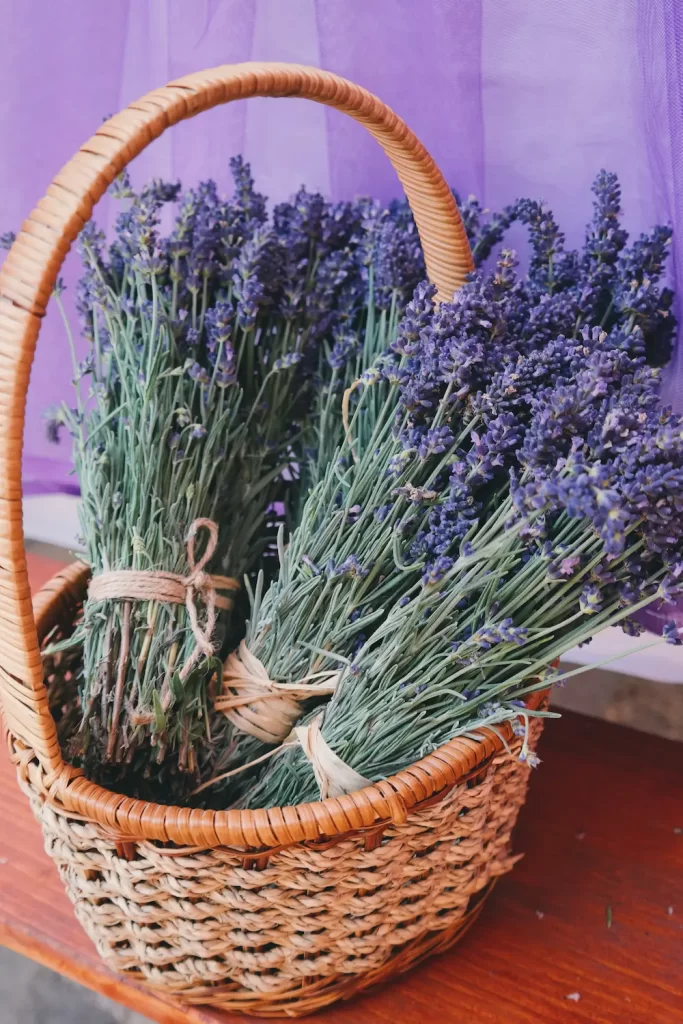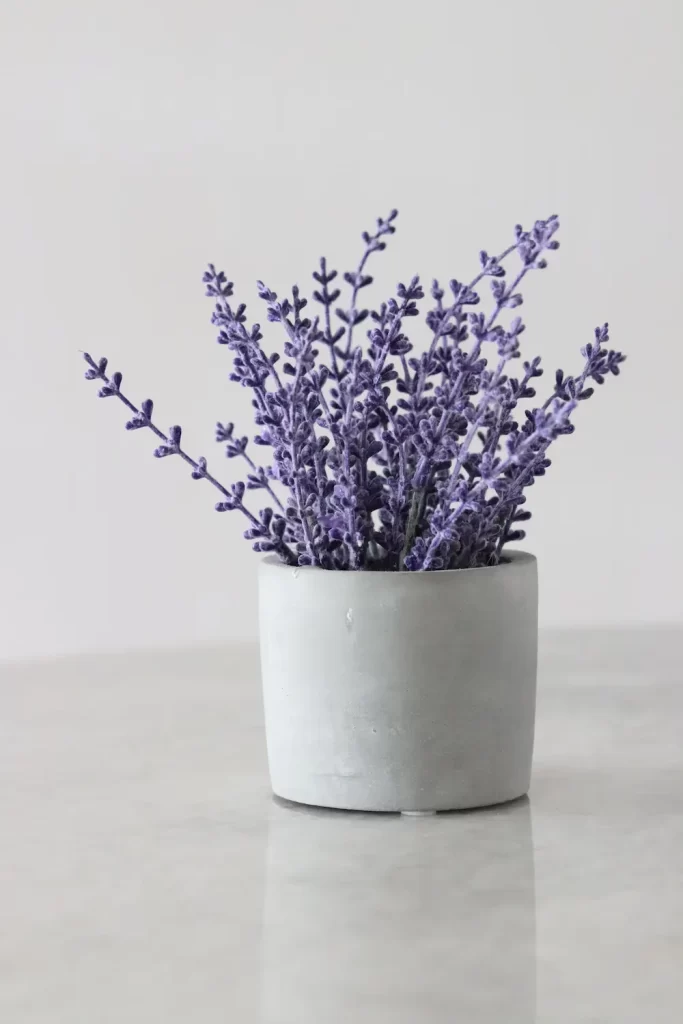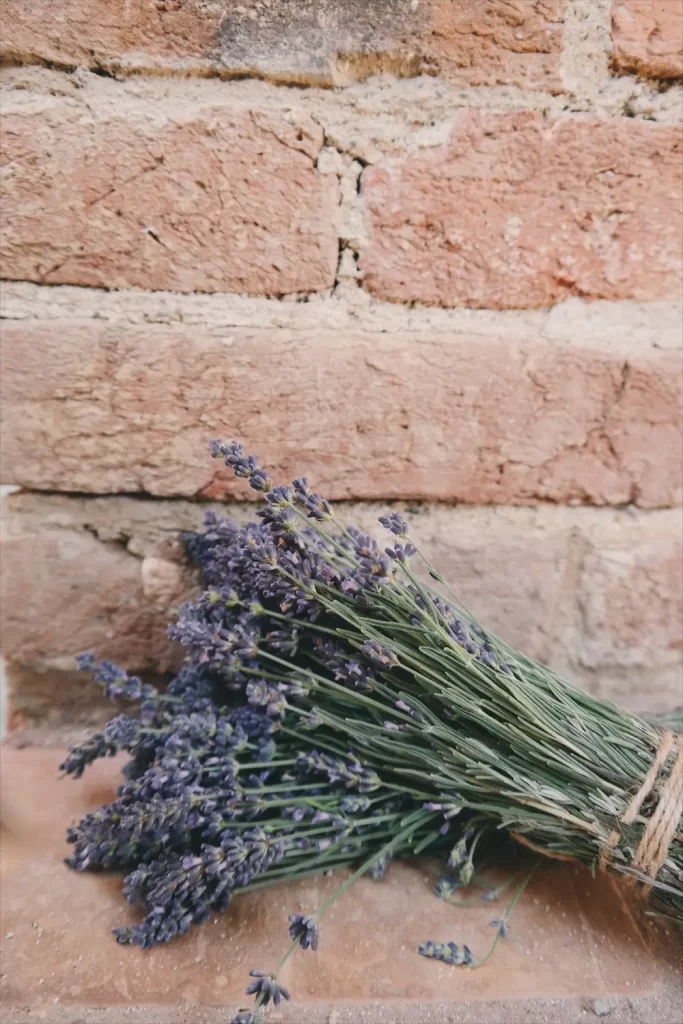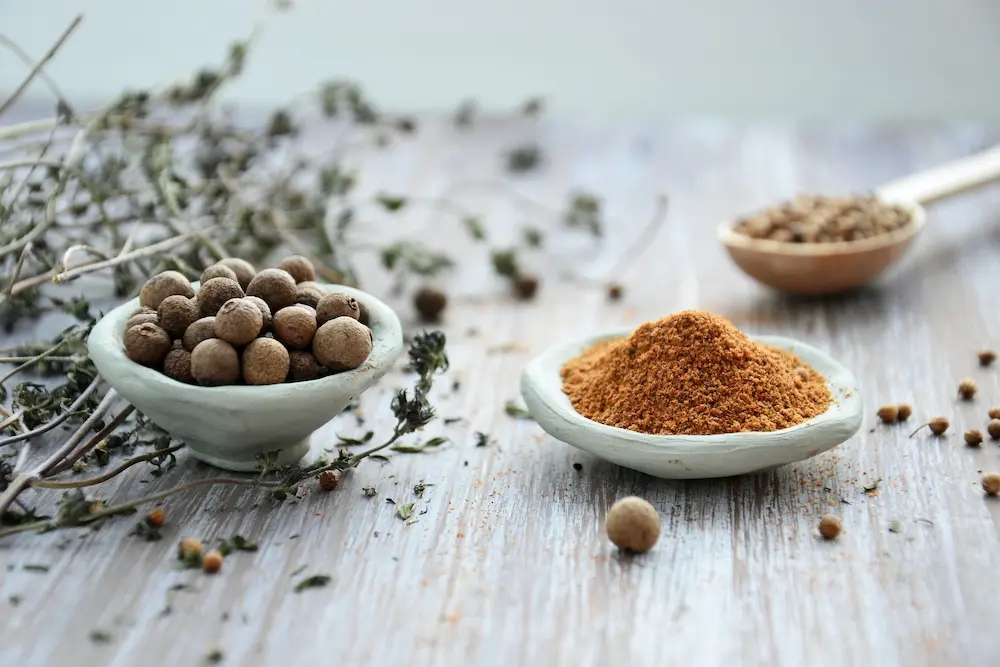Lavender, with its delicate purple blooms and enchanting fragrance, is a beloved addition to any garden. Whether you seek to create a fragrant oasis, attract pollinators, or enjoy the many benefits this versatile herb offers, growing lavender can be a rewarding and fulfilling experience. In this guide, we walk you through the step-by-step process of how to grow and care for lavender, from selecting the right variety to pruning and harvesting.
Why grow lavender?
Growing lavender offers a range of benefits that make it a popular choice for gardeners. Its delightful fragrance creates a soothing atmosphere, while the beautiful blooms in various colors add visual appeal. Lavender’s ability to attract pollinators contributes to the health of the ecosystem.
The versatile uses of lavender include crafting, cooking, and medicinal purposes. With its low-maintenance nature and ornamental value, lavender adds elegance to any garden. Its culinary delights and overall charm make it a worthwhile addition to your outdoor space.
Step-by-step guide: Grow and care for lavender



Step 1: Choose the right lavender variety
Selecting the right lavender variety is crucial for successful cultivation. English lavender (Lavandula angustifolia) is the most common type, known for its aromatic flowers and compact growth habit. Other varieties, such as French lavender (Lavandula dentata) and Spanish lavender (Lavandula stoechas), offer unique characteristics and growth requirements.
Step 2: Select an ideal location
Lavender thrives in full sun, requiring at least 6 to 8 hours of direct sunlight each day. Choose a well-draining location with loose soil, as lavender is susceptible to root rot in overly moist conditions. Ensure good air circulation around the plants to prevent the development of fungal diseases.
Step 3: Prepare the soil
Before planting lavender, prepare the soil by removing any weeds and incorporating organic matter such as compost or well-rotted manure. Lavender prefers slightly alkaline soil with a pH between 6.5 and 7.5. If needed, amend the soil with lime to achieve the ideal pH level.
Step 4: Plant the lavender
Dig a hole slightly larger than the lavender’s root ball and gently loosen the roots before planting. Place the lavender plant in the hole, ensuring that the top of the root ball is level with the surrounding soil. Backfill the hole and lightly firm the soil around the plant. Space multiple lavender plants according to the recommended distance for the specific variety.
Step 5: Water lavender
While lavender is drought-tolerant once established, it requires regular watering during its initial growth period. Water the plants deeply but infrequently to encourage deep root growth. Avoid overwatering, as excessive moisture can lead to root rot. Once established, lavender typically thrives on natural rainfall.
Step 6: Mulching and weed control
Apply a layer of organic mulch, such as straw or wood chips, around the base of the lavender plants to conserve moisture, suppress weed growth, and regulate soil temperature. Be careful not to mound the mulch against the stems to prevent moisture-related issues.
Step 7: Prune lavender
Pruning lavender is essential to maintain its shape, promote bushier growth, and encourage continuous blooming. Prune lavender immediately after flowering by cutting back the spent flower stalks and a portion of the current year’s growth. Avoid cutting into older wood, as lavender has limited regenerative abilities.
Step 8: Protect lavender in winter
Most lavender varieties are hardy, but in colder regions, some protection may be necessary. Apply a layer of mulch around the base of the plants to insulate the roots. In extremely cold climates, consider covering the lavender with a frost blanket or moving potted plants to a sheltered location.
Step 9: Harvest and use lavender
Harvest lavender flowers just as they begin to open fully, usually in the morning when the oils are at their peak. Cut the flower stems just above a set of leaves. Dry the harvested lavender in small bunches, hanging them upside down in a dark, well-ventilated area. Use the dried flowers for culinary purposes, crafting, or creating fragrant sachets and essential oils.
FAQs: Grow and care for lavender
What is the best time to plant lavender?
Lavender is best planted in spring or early fall when the soil is warm and there is less chance of frost.
How often should I water lavender?
Lavender prefers dry to moderately moist soil. Water deeply and infrequently, allowing the soil to dry out between waterings. Overwatering can lead to root rot.
Can lavender be grown in containers?
Yes, lavender can be successfully grown in containers. Choose a well-draining potting mix and ensure the container has drainage holes. Place the container in a sunny location and adjust watering to prevent waterlogged soil.
Does lavender require pruning?
Yes, pruning lavender is important for maintaining its shape and promoting bushier growth. Prune immediately after flowering, cutting back the spent flower stalks and a portion of the current year’s growth.
How do I protect lavender in winter?
Most lavender varieties are hardy, but in colder regions, providing winter protection is beneficial. Apply a layer of mulch around the base of the plants to insulate the roots and consider covering the plants with a frost blanket in extreme cold.
Can lavender be used for cooking?
Yes, lavender flowers can be used for culinary purposes, adding a fragrant and floral note to dishes. Use the flowers sparingly and ensure they are culinary-grade and free from pesticides.
How do I dry lavender for crafts or sachets?
Harvest lavender flowers just as they begin to open fully. Bundle the stems together and hang them upside down in a dark, well-ventilated area. Once dry, remove the flowers from the stems and store them in an airtight container.
Can lavender be propagated from cuttings?
Yes, lavender can be propagated from softwood or hardwood cuttings. Take cuttings in early summer or early fall, remove the lower leaves, and plant them in a well-draining potting mix.
Does lavender attract pollinators?
Yes, lavender is known to attract bees, butterflies, and other beneficial pollinators with its fragrant flowers. It can contribute to pollinator conservation and support a healthy garden ecosystem.
Can lavender be grown indoors?
Lavender prefers ample sunlight and well-draining soil, making it challenging to grow indoors. However, it can be grown successfully with proper lighting and suitable growing conditions near a sunny window or under grow lights.
Want to learn more gardening tips? Check out how to grow and maintain habanero plants.






Leave a Reply